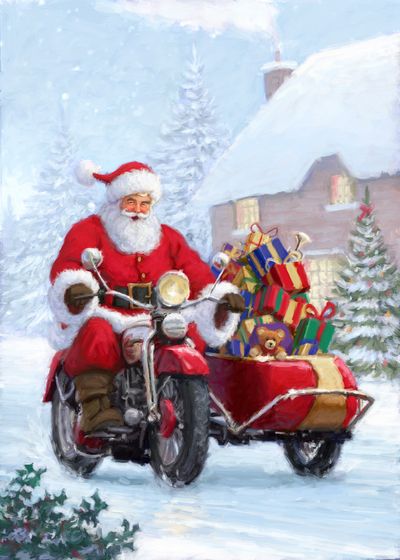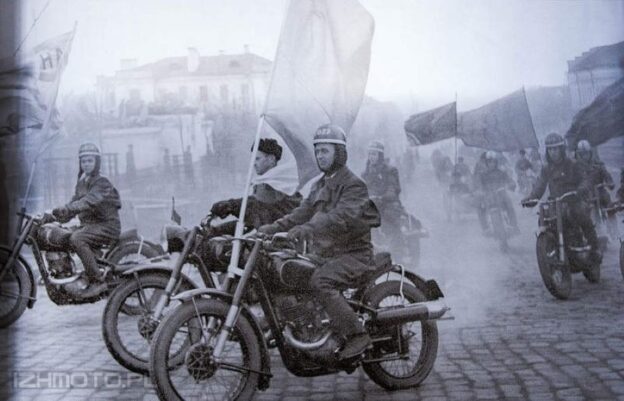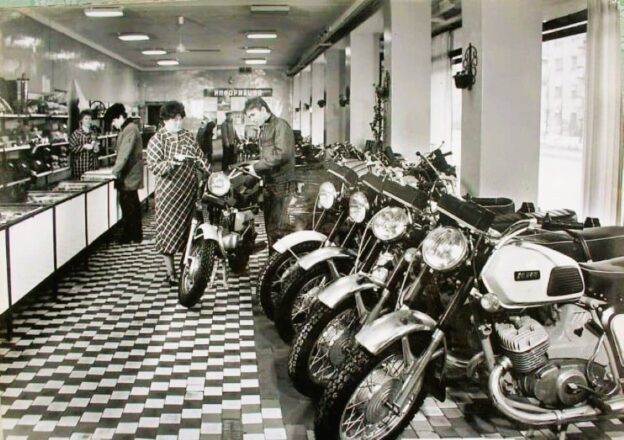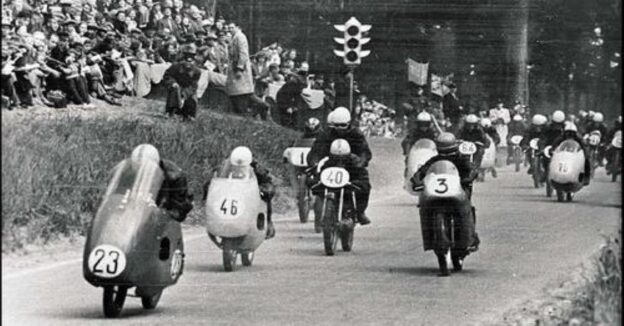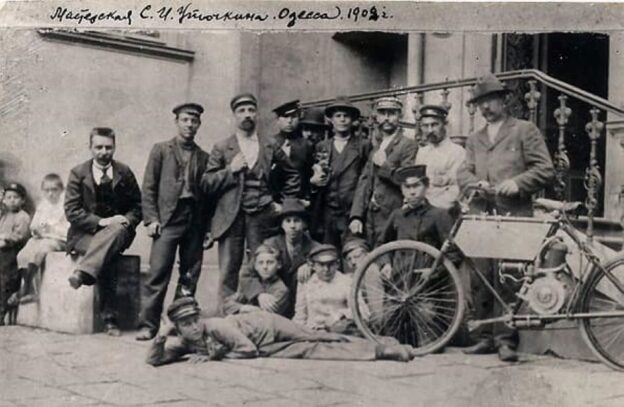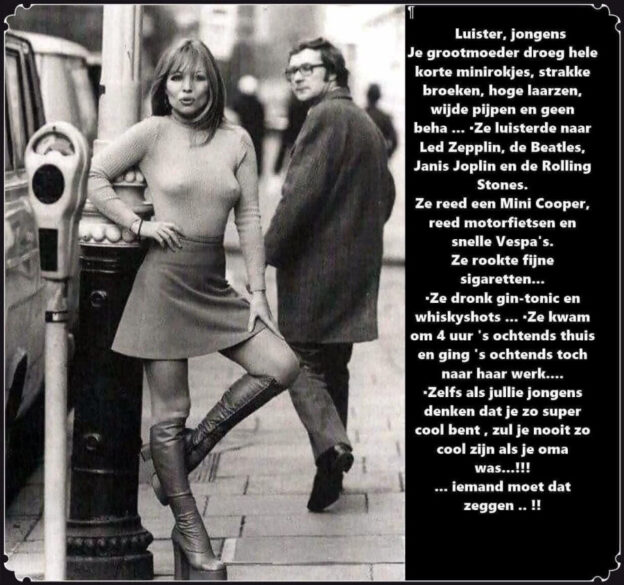Good afternoon community all happy new year and peaceful sky.
If you’re going to buy something from Владимир Печерский (Vladimir Pechersky), don’t believe this scoundrel, this scoundrel takes a payment for parts, says that the parts are good quality, and in fact you come to the post office and there’s the last junk people throw away. I attach a screenshot of this ham. Buyer beware!
source: Nazarii Tipusyak, Київський опозит – КМЗ




